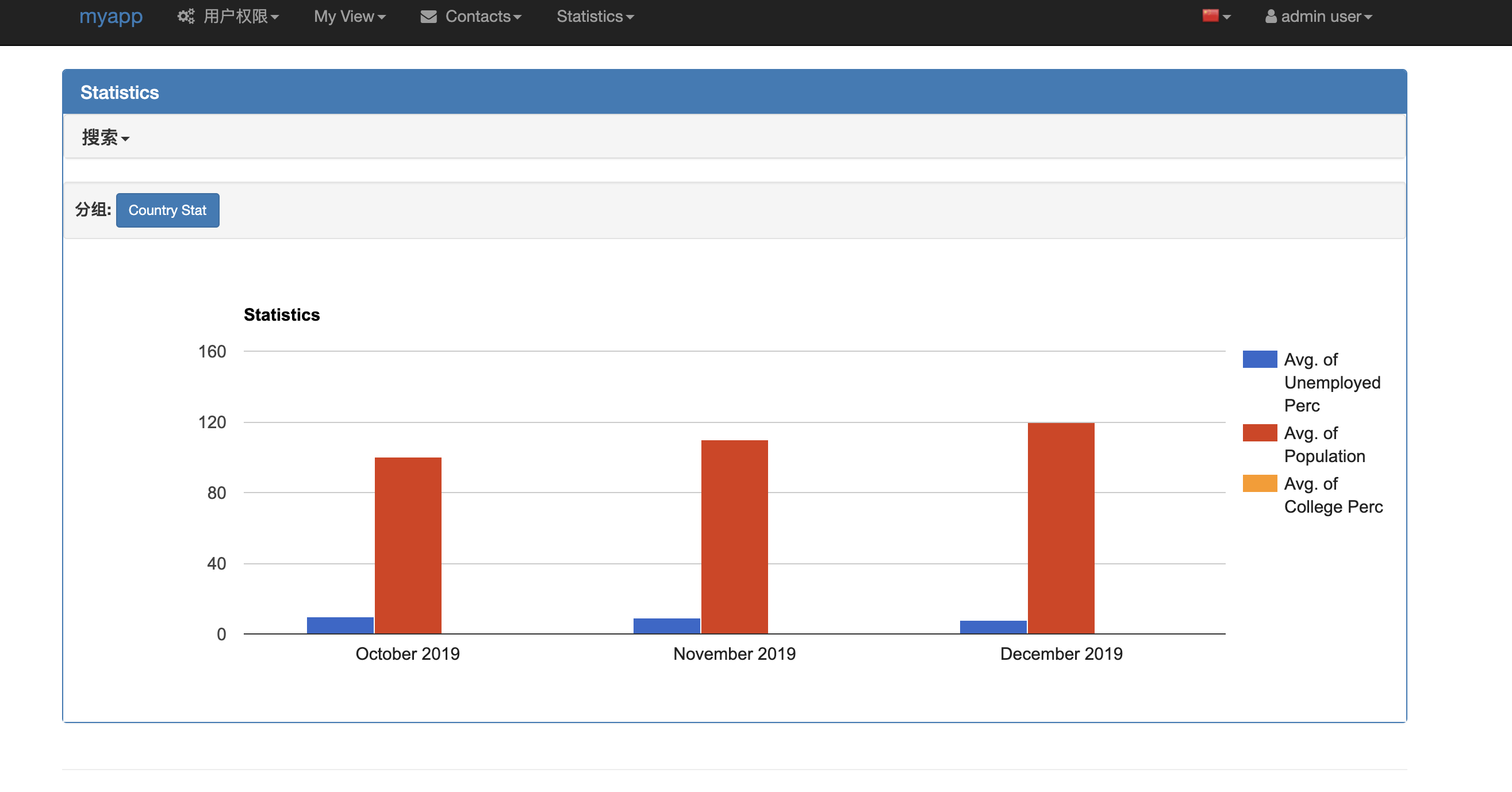
The -m option instructs Python to run the venv (Virtual Environment) module with myvenv as the path the virtual environment folder. Then you change directory to myfirstapp folder and launch the latest Python 3.x version. What we have done here is first you created a directory named myfirstapp. To create a virtual environment in Windows, open PowerShell or Command prompt and run the following commands. This allows you to use different versions of Python libraries in different projects. Virtual environments keep the Python libraries used in every project separate. Installing Flask is a 2 step process, assuming that you have Python 3 already installed. You'll also learn how to build your first Flask web app.įlask supports Python 2 (version 2.7), Python 3 (version 3.5 and later) and PyPy however, Python 3 is recommended. This guide describes how to install Flask on Windows and Linux platforms. It hinges on WSGI ( Web Server Gateway Interface) and Jinja template engine and designed for developing web applications in Python quick and easy. Hope this helps you and others, i tried my best to keep the bias out.Flask is one of the most popular micro web frameworks for Python. Flask-AppBuilder makes some assumptions (on security), you will have to code much less, but some things can get on your way if your building very specific security models. On the overall i think Flask-Admin makes no assumptions at all like Flask, you have to code more, but this will let you be more free. Better support for MongoEngine (EmbeddedDocument, ListFields etc.).Backends: supports SQLAlchemy, GeoAlchemy, MongoEngine, Pewee and PyMongo.This can be a pro or a con depending on what you want. You have to assemble your own security (models, views, auth etc), it's ready though to integrate nicely with flask-security.Backends: supports SQLAlchemy, MongoEngine, GenericInterface (you can integrate with your own builtin data still a bit beta).MasterDetail views and multiple views can be setup easily.Smaller project, it's easier to request new features, and get your pull requests merged.Granular permissions, creates one permission for each web exposed method and action (you have to try it).

Will let you extend the user model and security views.



 0 kommentar(er)
0 kommentar(er)
